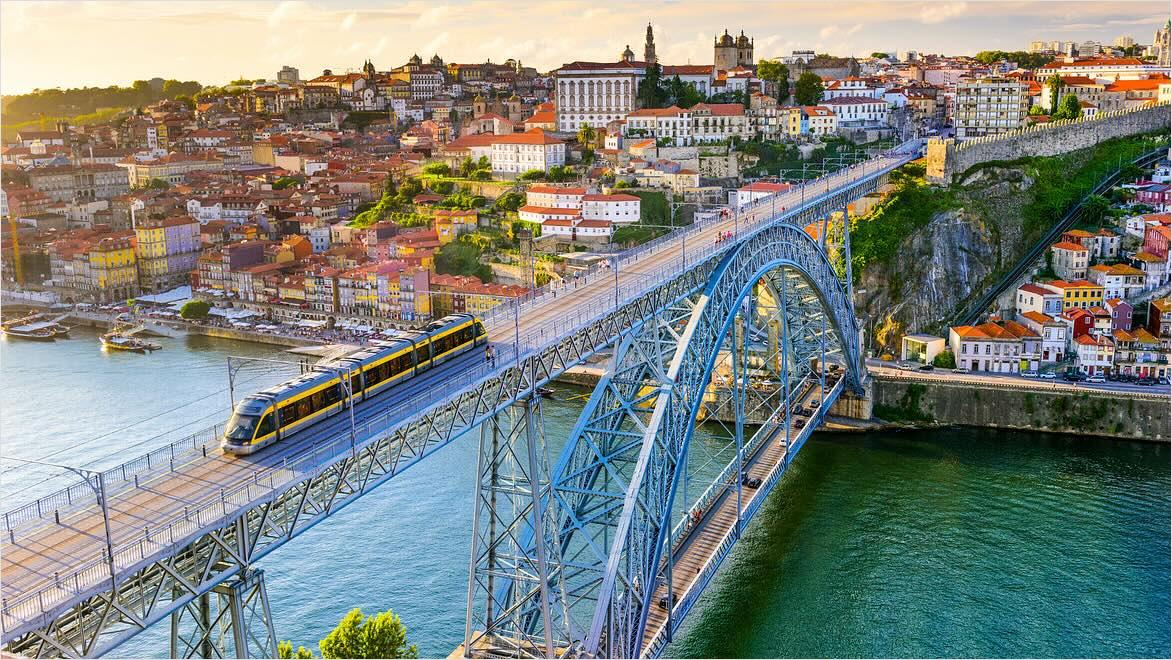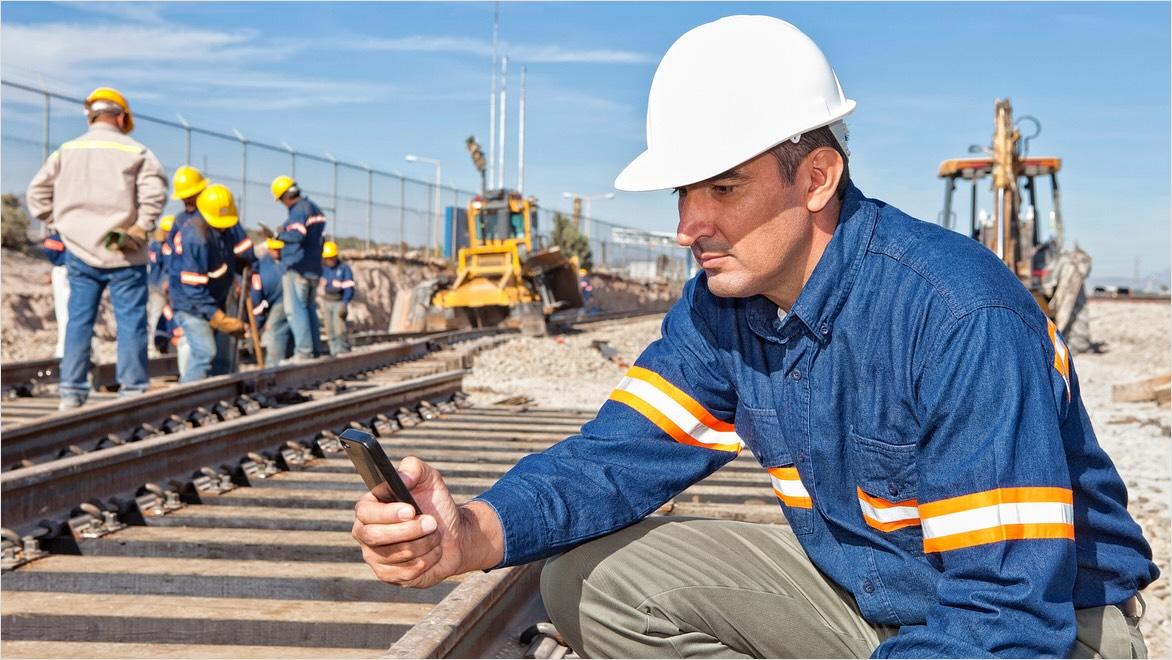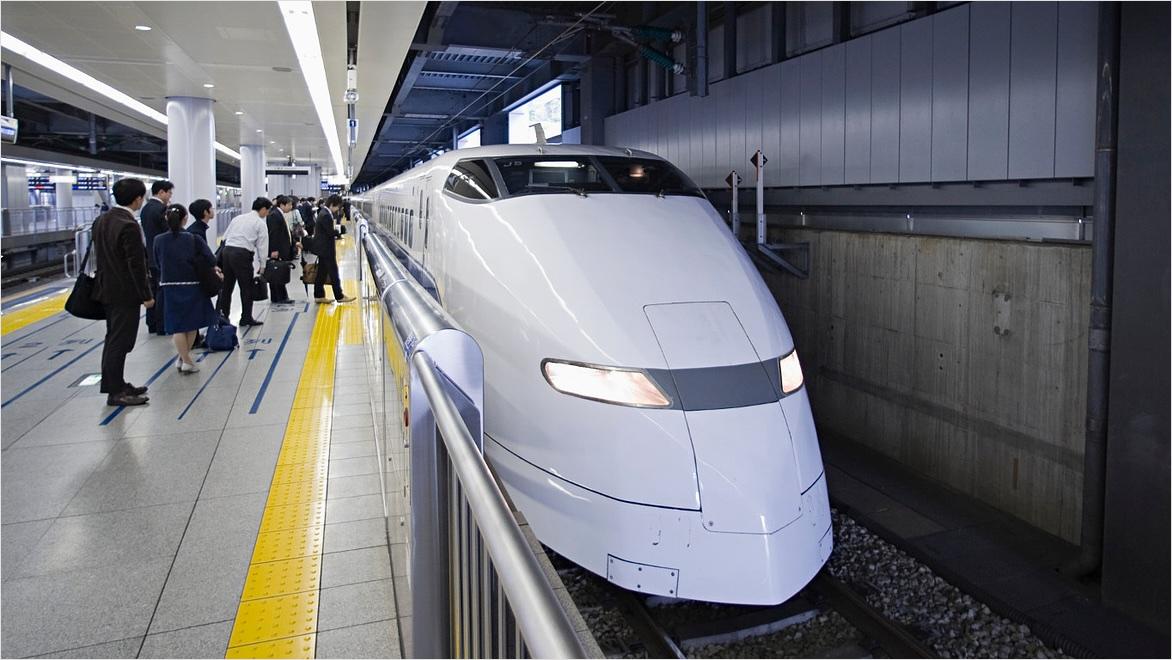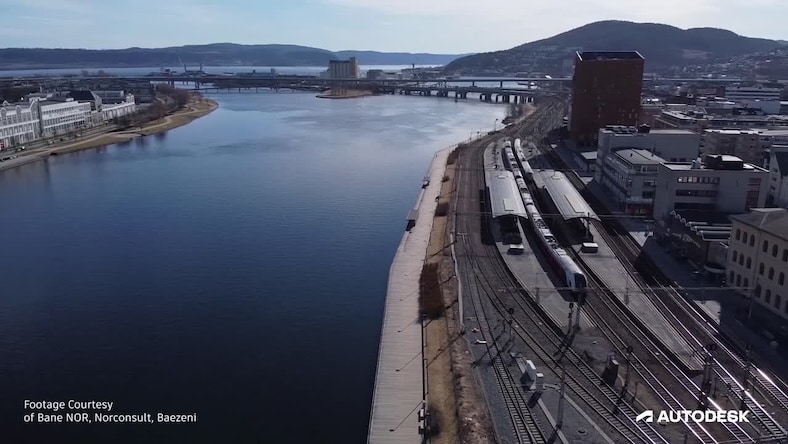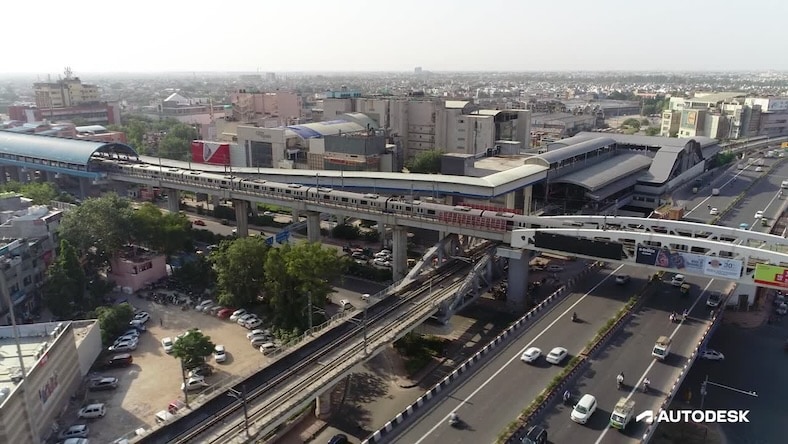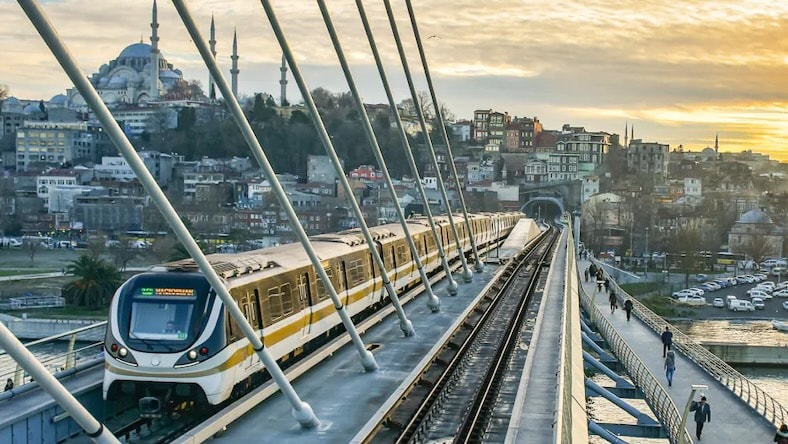& Construction

Integrated BIM tools, including Revit, AutoCAD, and Civil 3D
& Manufacturing

Professional CAD/CAM tools built on Inventor and AutoCAD
A digital railway refers to the use of advanced digital technology to improve the efficiency, safety, and sustainability of railway networks.
Key technologies like building information modeling (BIM), reality capture and digital scanning, and digital twins play essential roles in the planning, assessing, and analyzing of digital railways. BIM provides a detailed, shared 3D representation of railway infrastructure, helping project teams collaborate effectively during the design phase. It allows engineers to visualize potential clashes early, optimize resource allocation, and simulate construction options to predict outcomes and costs. Using technologies like LiDAR and photogrammetry, reality capture provides high-resolution, accurate data on existing railway conditions. This data helps civil engineers understand site conditions, assess infrastructure health, and plan upgrades more precisely, reducing risks and ensuring project accuracy.
Digital twins create dynamic, virtual models of railway systems that integrate real-time data to simulate design concepts and monitor system performance over time. Using technologies like LiDAR and photogrammetry, reality capture provides high-resolution, highly accurate data on existing railway conditions. This data helps civil engineers understand site conditions, assess infrastructure health, and plan upgrades more precisely, reducing risks and ensuring more project accuracy.
IoT, sensors, data analytics, automation, and advanced signaling technologies are transforming railways into highly efficient and intelligent systems. This increased network capacity is complemented by advanced signaling systems, such as the European Train Control System (ETCS) for more precise, continuous communication between trains and control centers.This enables predictive maintenance, drastically reducing unplanned downtime and keeping trains running smoothly. Data analytics, meanwhile, turns vast amounts of collected information into actionable insights, optimizing schedules based on demand patterns, maintenance needs, and congestion points. With data-driven decisions, railways can increase capacity while offering passengers more reliable and responsive services.
Automation, like Automatic Train Operation (ATO), boosts railway efficiency by optimizing train speeds and minimizing headway so more trains can operate safely on the same track. This increased network capacity is complemented by advanced signaling systems, such as the European Train Control System (ETCS) for precise, continuous communication between trains and control centers. These advanced systems ensure safety and enable trains to run closer together, maximizing track usage and mitigating delays. These technologies create an integrated, resilient railway network that delivers greater output, reliability, and passenger experience, helping railways meet growing demands sustainably and efficiently.
Turning traditional rail networks into smart, efficient, resilient systems, digital railway solutions bring many advantages, including:
Digital solutions allow more trains to run safely on the same tracks, maximizing the usage of existing infrastructure and meeting growing passenger and freight demands.
Advanced signaling and automation reduce human error and ensure more precise control of train operations, leading to fewer accidents and a safer rail network.
Real-time monitoring of assets enables predictive maintenance, reducing unplanned downtime and keeping the railway system running smoothly.
Automation and optimized scheduling through data analytics ensure that trains run at optimal speeds and frequencies, reducing delays and increasing overall efficiency.
Real-time information, reliable scheduling, and reduced delays give passengers a more comfortable and predictable journey.
Adopting digital railway solutions increases sustainability by optimizing resource use, reducing energy consumption, and encouraging the use of rail over road transport.
Navisworks Manage, Navisworks Simulate software and the Navisworks Freedom 3D viewer for 5D analysis, design simulation, and project review.
Plan, design, construct, and manage buildings with powerful tools for Building Information Modeling.
BIM 360 is a construction management platform that connects, organizes, and optimizes projects from design to construction.
Norconsult
One of Norway’s largest technical consultancies uses Autodesk Navisworks, Autodesk Revit, Autodesk AutoCAD, and Autodesk Civil 3D to build a double-track railway.
Delhi Metro Rail Corporation Limited
Metro Istanbul
A public enterprise uses Autodesk Tandem to create a digital twin and make rail maintenance easier and more efficient.
Image courtesy of Istanbul Metropolitan Municipality
See how shifting to digital railways can accelerate the transition to a connected, sustainable transit system.
Learn how global contractor teams use advanced coordination tools to plan and execute a large-scale railway project.
Explore how rail leaders and experts are overcoming the biggest challenges in their industry with digital transformation.
Digital railways are modern railway systems that use advanced technologies like the Internet of Things (IoT), sensors, data analytics, automation, and advanced signaling to transform traditional rail networks into more efficient, intelligent, and resilient systems. These technologies work together to optimize operations, increase capacity, enhance safety, and improve maintenance processes and the overall passenger experience. Integrating real-time data, digital railways enable predictive maintenance, reduce delays, and make better use of existing infrastructure, ensuring that railways meet growing demands sustainably and reliably.
Digital railways improve safety by using advanced technologies like automated signaling systems, real-time monitoring, and predictive maintenance to minimize risks. Systems like the European Train Control System (ETCS) ensure continuous communication between trains and control centers, reducing collision risks, while Automatic Train Operation (ATO) helps prevent human error by automating critical aspects of train control. IoT sensors provide real-time data on infrastructure health for proactive maintenance before issues become dangerous. Centralized traffic management enhances safety by coordinating train movements to avoid conflicts. These technologies create a safer, more reliable rail network with fewer accidents and operational disruptions.
The costs of adopting digital railways include an initial investment in hardware, software, and infrastructure upgrades for implementing advanced technologies like signaling, automation, and IoT. Integration also adds costs to resolve compatibility issues with legacy systems. Training and workforce development require resources to upskill staff and hire new talent, while maintenance and upkeep involve ongoing software updates and hardware replacements. Cybersecurity investments are necessary to protect against increased cyber risks. Implementation disruptions can also lead to temporary service interruptions and revenue loss during the transition period.
Autodesk supports digital railway projects through advanced tools and solutions, including building information modeling (BIM) software like Revit, AutoCAD, and Civil 3D for efficient design and documentation of railway infrastructure. Cloud-based platforms such as Autodesk Construction Cloud are used for seamless stakeholder collaboration, reducing errors and improving communication. Autodesk also integrates BIM with Esri to facilitate better contextual planning and decision-making. Digital twin solutions like Autodesk Tandem provide dynamic, real-time models for monitoring and maintenance, while reality capture and 3D scanning tools ensure more precise mapping of existing conditions.
Through careful planning and strategic investments, digital railways can integrate with existing rail infrastructure. Technologies like building information modeling (BIM) and digital twins create detailed models of existing infrastructure and planned upgrades, ensuring compatibility and reducing risks. Signaling systems such as the European Train Control System (ETCS) can be gradually adopted alongside traditional systems, allowing for a phased transition to digital operations. IoT sensors and automation can also be incrementally added to monitor infrastructure in real time. Although challenges exist, phased integration allows digital solutions to coexist with older components, enhancing overall capacity, safety, and efficiency.
Digital railways contribute to sustainability by optimizing resource use, reducing emissions, and promoting energy efficiency. Data analytics and automation help minimize energy consumption through optimized scheduling, efficient acceleration, and braking, while Automatic Train Operation (ATO) enhances fuel efficiency and reduces unnecessary idling. Predictive maintenance ensures assets are maintained proactively, reducing waste and extending the lifespan of infrastructure. Improved traffic management reduces congestion, lowers energy usage, and makes rail transport more reliable. Digital railways encourage a shift from road to rail, reducing greenhouse gas emissions and contributing to a greener transportation system.
